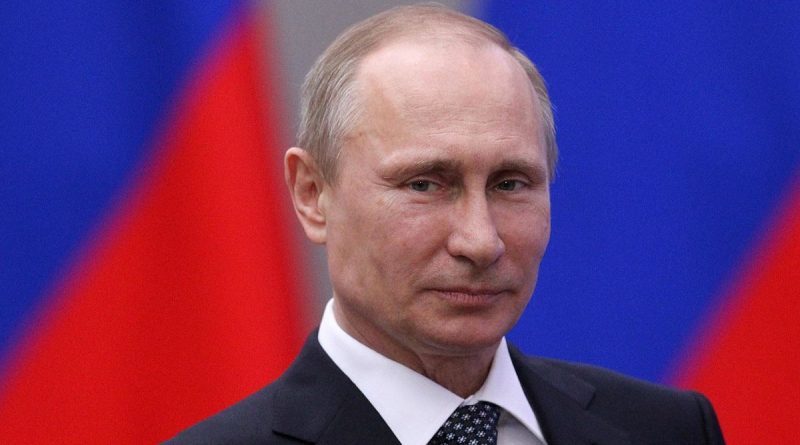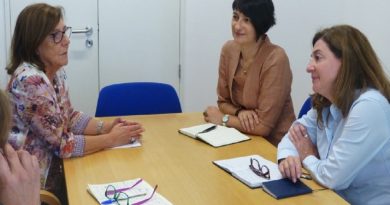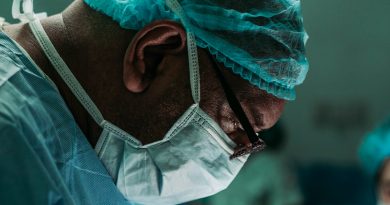Russia Strikes Back
On October 26, as a result of a two-day NATO meeting in Brussels, the allies finally made concrete commitments regarding the promises made last July in the Warsaw Summit. They agreed to deploy troops across Eastern Europe in what constitutes the Alliance’s biggest military build-up on Russian borders since the end of the Cold War.
The current Syrian conflict revealed that Russia had made significant improvements on its military capabilities since the 2008 Georgia War – although this reform was already clearly visible in 2014, through Russian’s effective and coordinated actions in Ukraine.
Russia’s investment in its armed forces, along with its willingness to use them against neighbors, as seen in Crimea, are the reasons for NATO’s response listed by Secretary General Jens Stoltenberg.
The Euromaidan Revolution
In November 2014, Kiev’s Independence Square set the stage for thousands of protesters to express their rage over the Ukrainian government’s decision to suspend trade deal negotiations with the EU, and for taking a bail out from Russia instead.
These popular demonstrations – dubbed Euromaidan – caused at least 70 deaths over the following few months, as the government cracked down hard on protesters, and turmoil ensued. By February 2014 the country was on the brink of a civil war. After protesters seized Kiev, President Viktor Yanukovych fled from the Ukrainian capital, being impeached shortly after.
Crimea’s Annexation
With Yanukovych’s ousting, pro-Russia protests took place in Crimea, a region where 58% of the citizens are ethnically Russians. The latter were infuriated that the Ukrainian government had been overthrown by a group of pro-European nationalists – their political rivals.
After a Crimean referendum showed an overwhelming support for Russia’s annexation, Vladimir Putin declared that Crimea had always been a part of Russia. Putin vowed to protect his nation’s interests from Western actions, namely the Eastern expansion of NATO, and the military infrastructure deployed by the Alliance close to Russian borders.
Military Reform
The initial stages of Russia’s military reform did not aim to break new ground, but rather to assure that existent equipment could be readily and effectively used. This was because the country did not need cutting-edge capabilities to intervene in its neighborhood. It simply required it to execute this mission rapidly, in order to anticipate Western reaction.
Russia’s technological transformation, on the other hand, has been more difficult. Despite significant budget increases in its defense sector, EU sanctions following Crimea’s annexation as well as the failure of Russia’s economic modernization policies have struck a blow in the nation’s rearmament project. However, as shown recently (October 25) by the unveiling of its new nuclear missile, progress is underway. Russia has also shown to be improving its warships, airplanes, and land systems, with numerous defense modernization projects running into the 2020’s and 2030’s.
Literature
Academic research on the 2014 Ukrainian revolution is rich. While the event has been studied from different perspectives, it is interesting to observe the prominence of works focusing on the role played by social networking websites in the mass uprising. National identity and the Russian factor were also very present approaches to the subject.
The Russian annexation of Crimea is an even trendier topic among scholars, and studied from a wider variety of perspectives. The literature tries to draw lessons from history, to understand Russian’s interests in the region, and to discuss the country’s strategy towards the post-soviet space. However, researchers seem to privilege the study of the subject from a Russian viewpoint, in detriment of an Ukrainian one.
Although several works were written on the military reform that has been taking place in Russia since 2008, it remains a significantly less popular matter. The emphasis of these studies is very clear: analyzing the motives and obstacles behind this transformation, as well as prospective developments for the future.
Conclusions
Russia’s military developments and hard power approaches stem from a perceived aggression from the West. Such developments, having already achieved the absorption of the Baltics into NATO and the EU, moved towards more ambitious goals in Georgia and Ukraine.
As a land power, Russia is inherently exposed, and grows increasingly concerned with NATO’s military activities and expansionist efforts near its Western flank. There, having lost its buffer zone, most of the its population and economic activity are at risk.
While Russia is suspicious of NATO’s intentions, and the Alliance cannot safely take Putin’s word that his State will not attack other European countries, both actors have voiced their wish for stronger cooperation. Until Russia and the West find a way to interact without using the post-soviet countries as pawns in their games, the tensions along NATO-Russian borders will inevitably escalate.
However, a mutual understanding over Crimea might prove to be an irreconcilable difference that will prevent other agreements. The item is the first topic on NATO’s agenda. Although the subject is preventing Russia from successfully use its soft power effectively, its strategic and economic value might weight too significantly.
Vladimir Putin, Photo by MARIAJONER / CC BY-SA 4.0
![]() This work is licensed under a Creative Commons Attribution-NonCommercial-ShareAlike 4.0 International License.
This work is licensed under a Creative Commons Attribution-NonCommercial-ShareAlike 4.0 International License.




